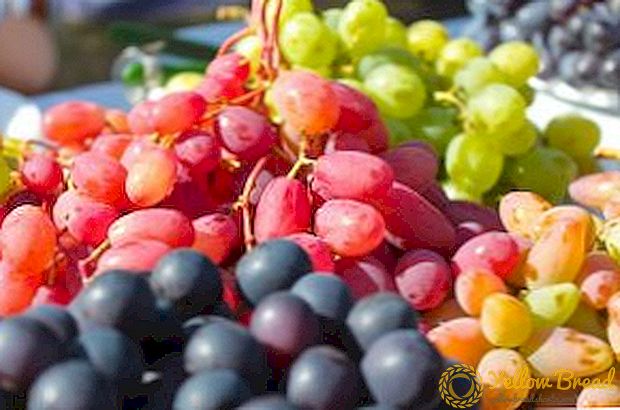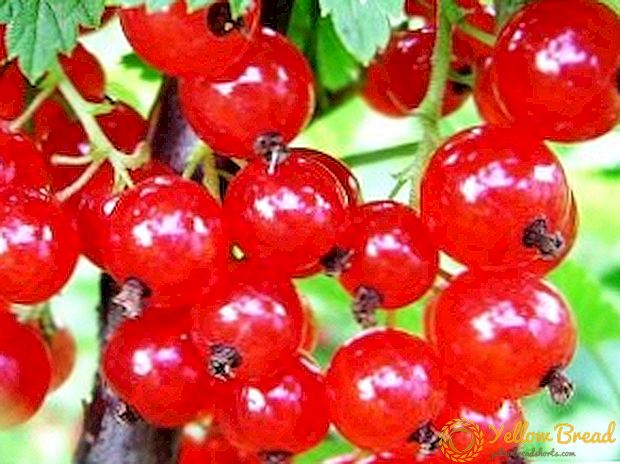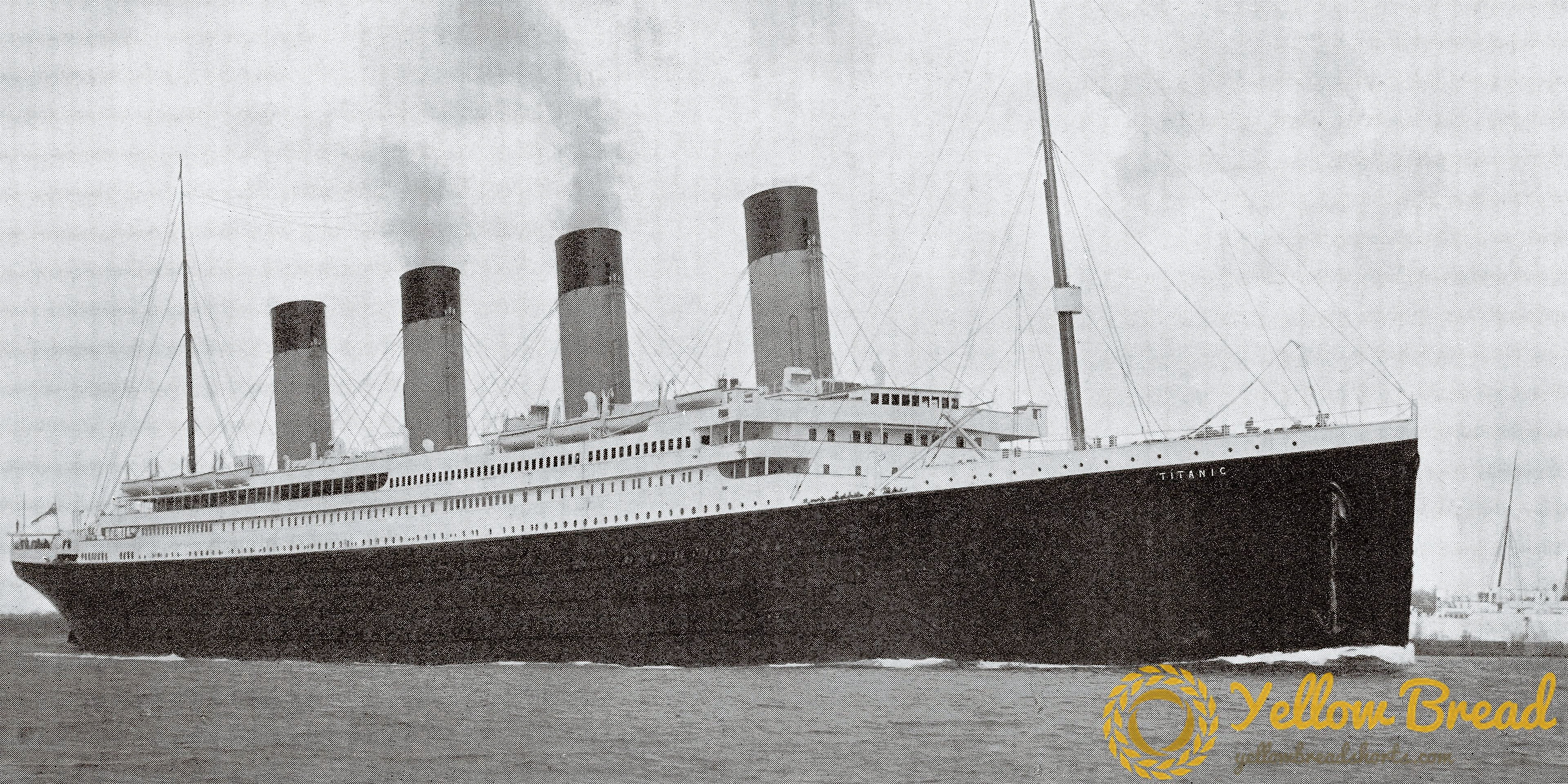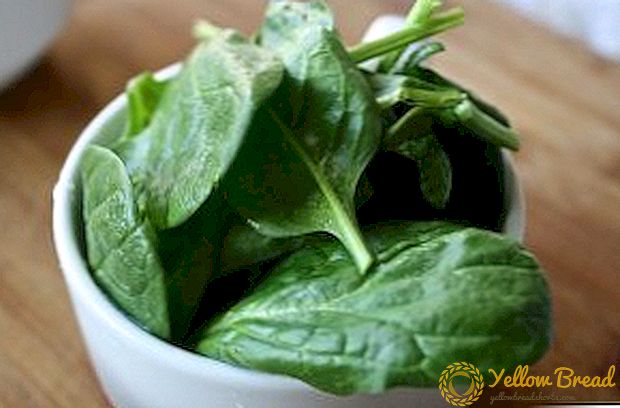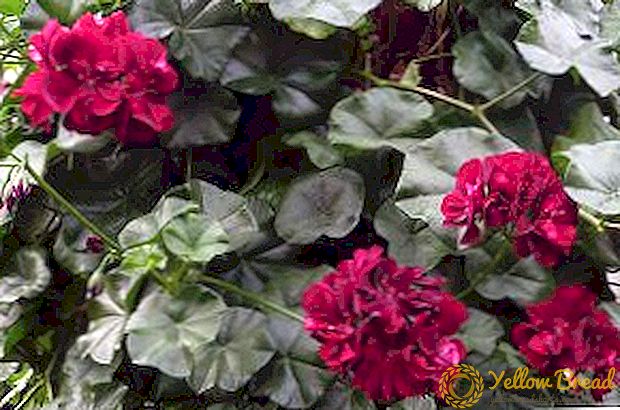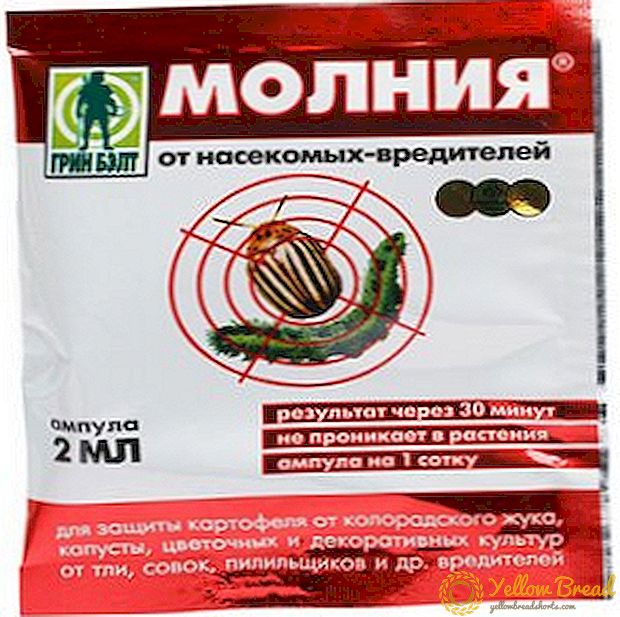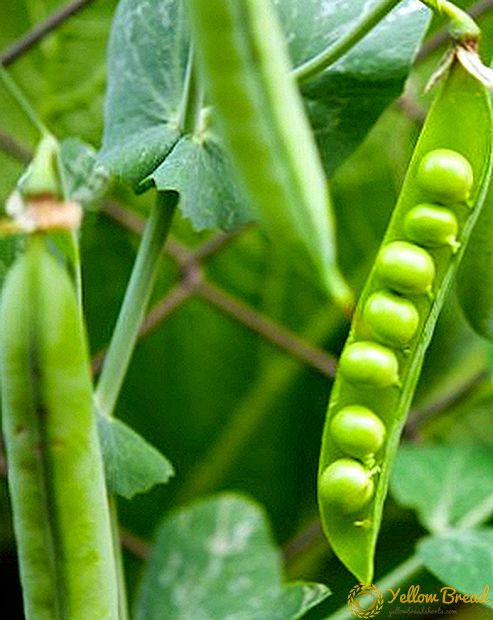 Often peas are grown without supports - just on the ground, but this provokes a lot of problems that can be avoided by resorting to such a simple way as installing a trellis above the beds with this plant. First, as they grow, clinging to the ropes with their antennae, the stems grow upwards, not touching the fruit and whips with the ground. This keeps them clean and prevents the pods from rotting. Secondly, in such a position it is much easier to keep track of the maturity of the crop and collect all the fruits until they mature, or even dry up - young, juicy and sugar. And finally, being in limbo, the pods get the maximum of solar heat and light, are freely ventilated and remain inaccessible to many parasites. In our article you will learn how to properly tie up peas in the garden and what are the ways to do this, with a step-by-step description and photo.
Often peas are grown without supports - just on the ground, but this provokes a lot of problems that can be avoided by resorting to such a simple way as installing a trellis above the beds with this plant. First, as they grow, clinging to the ropes with their antennae, the stems grow upwards, not touching the fruit and whips with the ground. This keeps them clean and prevents the pods from rotting. Secondly, in such a position it is much easier to keep track of the maturity of the crop and collect all the fruits until they mature, or even dry up - young, juicy and sugar. And finally, being in limbo, the pods get the maximum of solar heat and light, are freely ventilated and remain inaccessible to many parasites. In our article you will learn how to properly tie up peas in the garden and what are the ways to do this, with a step-by-step description and photo.
- When to start the garter?
- Types of supports and their installation
- How to tie peas?
When to start the garter?
From the moment the plant stems reached 15–20 centimeters and the first antennae began to appear on them, the installation of a trellis would be considered expedient.It is enough to gently hook the antennae to the lower support and the plant will quickly crawl upwards, twisting the design.  Specially tied stalks to the ropes will not be necessary. Sometimes the support set before they will plant peas. This is done more often in cases when complex decorative structures are formed and the support is needed in order to see in advance the drawing of the future work.
Specially tied stalks to the ropes will not be necessary. Sometimes the support set before they will plant peas. This is done more often in cases when complex decorative structures are formed and the support is needed in order to see in advance the drawing of the future work.
Types of supports and their installation
There is a mass of ways to install pedestals for peas with your own hands, you can see examples and photos below. These methods are characterized by simplicity of design, installation speed and functionality.
- The easiest way - This is to drive to a depth of 30-45 cm on a wooden or metal peg on both sides of the bed. The length of stakes can be from a meter to 1.8 m. At the level to which your plants have grown, a thick thread, string or twine (at your discretion), for which the mustache clings, is stretched. As the stems grow along the entire length of the stakes, more threads are stretched, at a distance of 10-20 cm from each other. It turns out a kind of ladder for your plants.
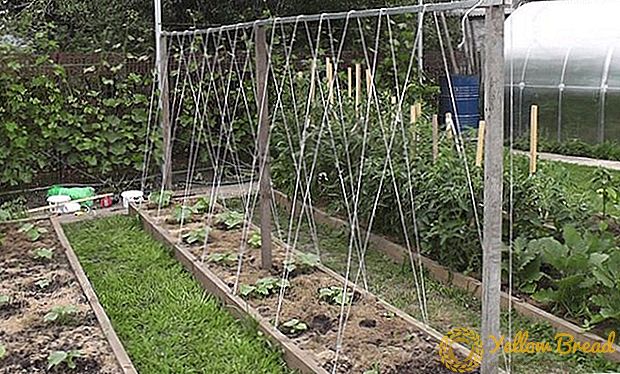
- Between such stakes you can also pull the trellis net. Then you will get a trellis for peas, cooked with your own hands. The grid can be both plastic, and metal. It is necessary to hook the whiskers of the peas in the lower cells, and then the plant itself will crawl up the grid. The design can be installed strictly vertically or slightly at an angle.
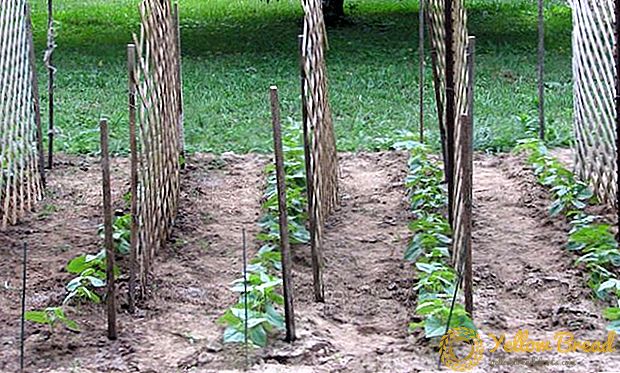
- Another easy way to install a pea stand is support from individual stakes. For this, wooden or metal pegs, up to 2 meters long, are buried in the ground, at a distance of one meter, between two beds, along their entire length. When the stems are old enough, their antennae cling to these supports and observe how, as the plants grow, reach up along these stakes.
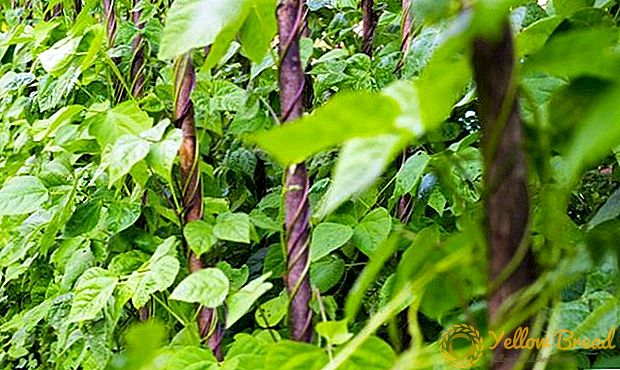
- You can build your pea hut. To do this, on the outer sides of the two beds, drive in stakes up to 2 m high, at a distance of 100 cm, so that they are inclined to each other, forming the letter “L” above the peas. In the place where the stakes intersect, they are fixed with a rope or twine and from the top with bridges connect all the pairs into one long structure, for strength. Antennae peas cling to these pegs and let the plant up to them. Growing greens form "houses" that look very interesting on the site.
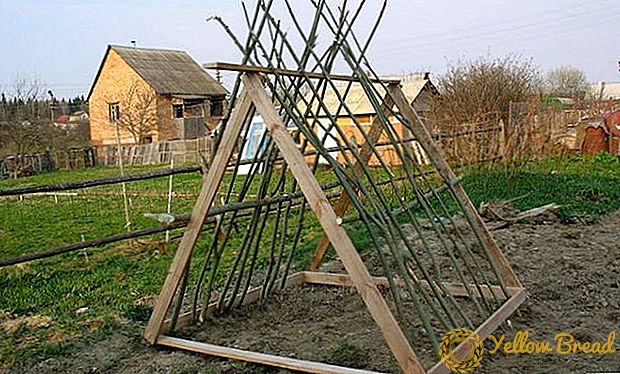
- There are also round huts. They are also called wigwams. The main support is put, up to 1.8 meters long, around which the pegs, joined at the top between themselves and tightly attached to the main support, are driven in at an inclination to the center. The pea seeds are then sown in a circle, on both sides of the inclined pegs.
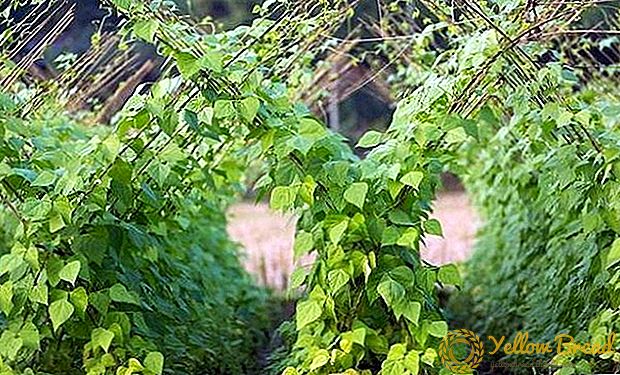
- Often as an additional support using planting tall plants near peas. For this purpose, ideal sunflower. Its stems are rather rough and the peas whiskers easily cling and twist around them. Lower sunflower leaves are then removed. In place of the sunflower, you can use corn.
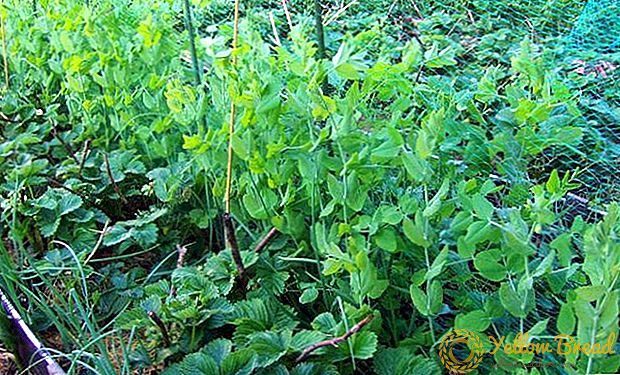
How to tie peas?
As a rule, fragile stalks of peas are not tied with ropes to supports. It is enough for the antennae to “feel” some support nearby, they themselves quickly cling to it, lifting the whole plant upwards.  It will not be superfluous to clear the wooden supports from the bark before use and treat them with an antiseptic to prevent infection with various pests.
It will not be superfluous to clear the wooden supports from the bark before use and treat them with an antiseptic to prevent infection with various pests.







